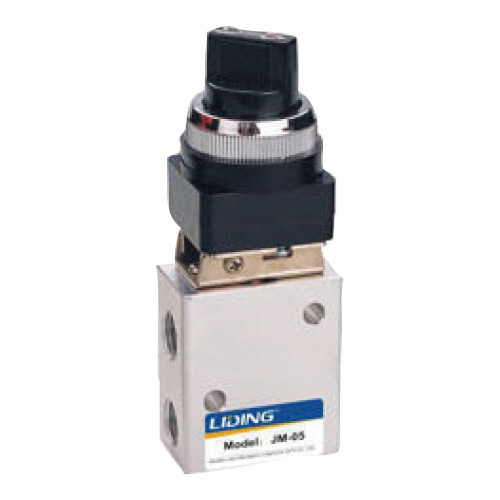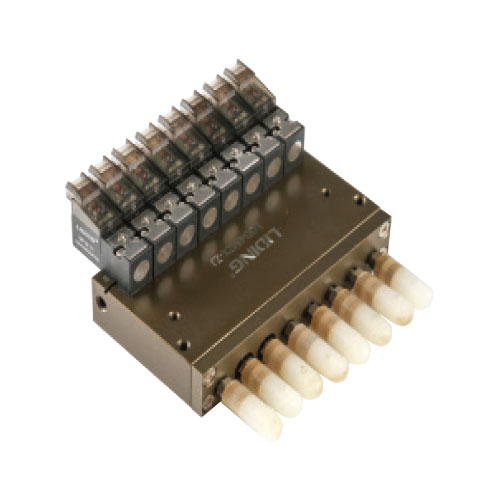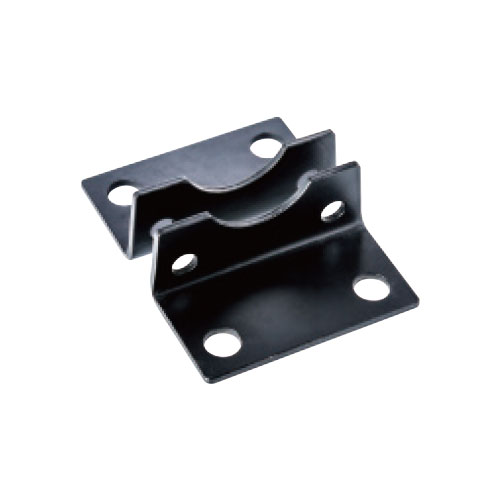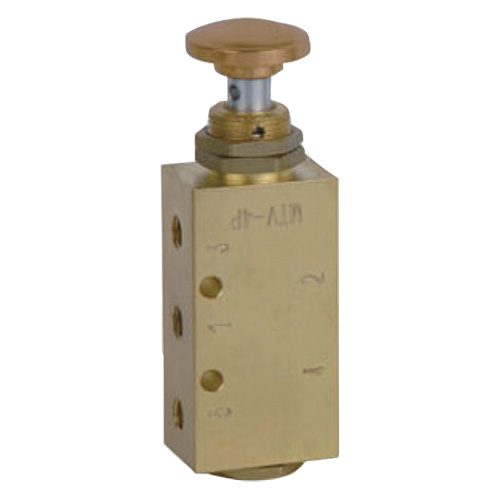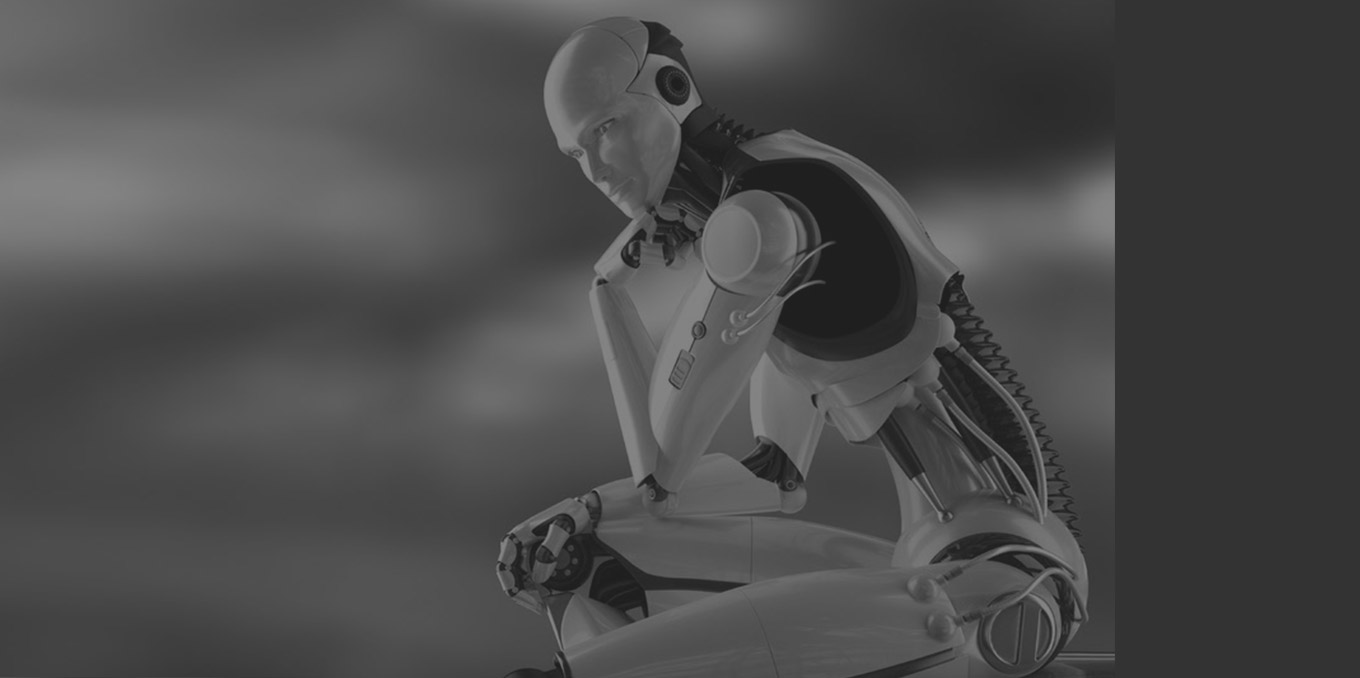The working principle of the cylinder and the structure of the cylinder
The working principle of the cylinder and the structure […]
The working principle of the cylinder and the structure of the cylinder
Pneumatic Components
1) Cylinder barrel
The inner diameter of the cylinder barrel represents the output force of the cylinder. The piston should slide smoothly back and forth in the cylinder, and the surface roughness of the inner surface of the cylinder should reach Ra0.8um. In addition to using high-carbon steel pipe, the cylinder barrel is also made of high-strength aluminum alloy and brass.
2) End cap
The end caps are provided with inlet and exhaust ports, and some are also provided with buffer mechanisms in the end caps. The rod side end cover is provided with a sealing ring and a dust ring 6 to prevent air leakage from the piston rod and prevent external dust from mixing into the cylinder. There is a guide sleeve 5 on the end cover of the rod side to improve the guiding accuracy of the cylinder.
3) Piston
The piston is the pressurized part in the cylinder. In order to prevent the left and right cavities of the piston from blowing gas from each other, a piston sealing ring 12 is provided. A wear ring 11 is also provided to improve the guide of the cylinder.
4) Piston rod
The piston rod is the most important force-bearing part in the cylinder. High carbon steel is usually used with hard chrome plating on the surface, or stainless steel is used to prevent corrosion and improve the wear resistance of the seal.
5) Buffer plunger, buffer throttle valve
Both sides of the piston are provided with buffer plungers 1 and 3 along the axis direction. At the same time, there are buffer throttle valve 14 and buffer sleeve 15 on the cylinder head. When the cylinder moves to the end, the buffer plunger enters the buffer sleeve, and the exhaust of the cylinder needs to be passed through. The buffer throttle valve increases the exhaust resistance, generates exhaust back pressure, forms a buffer air cushion, and plays a buffer role.


